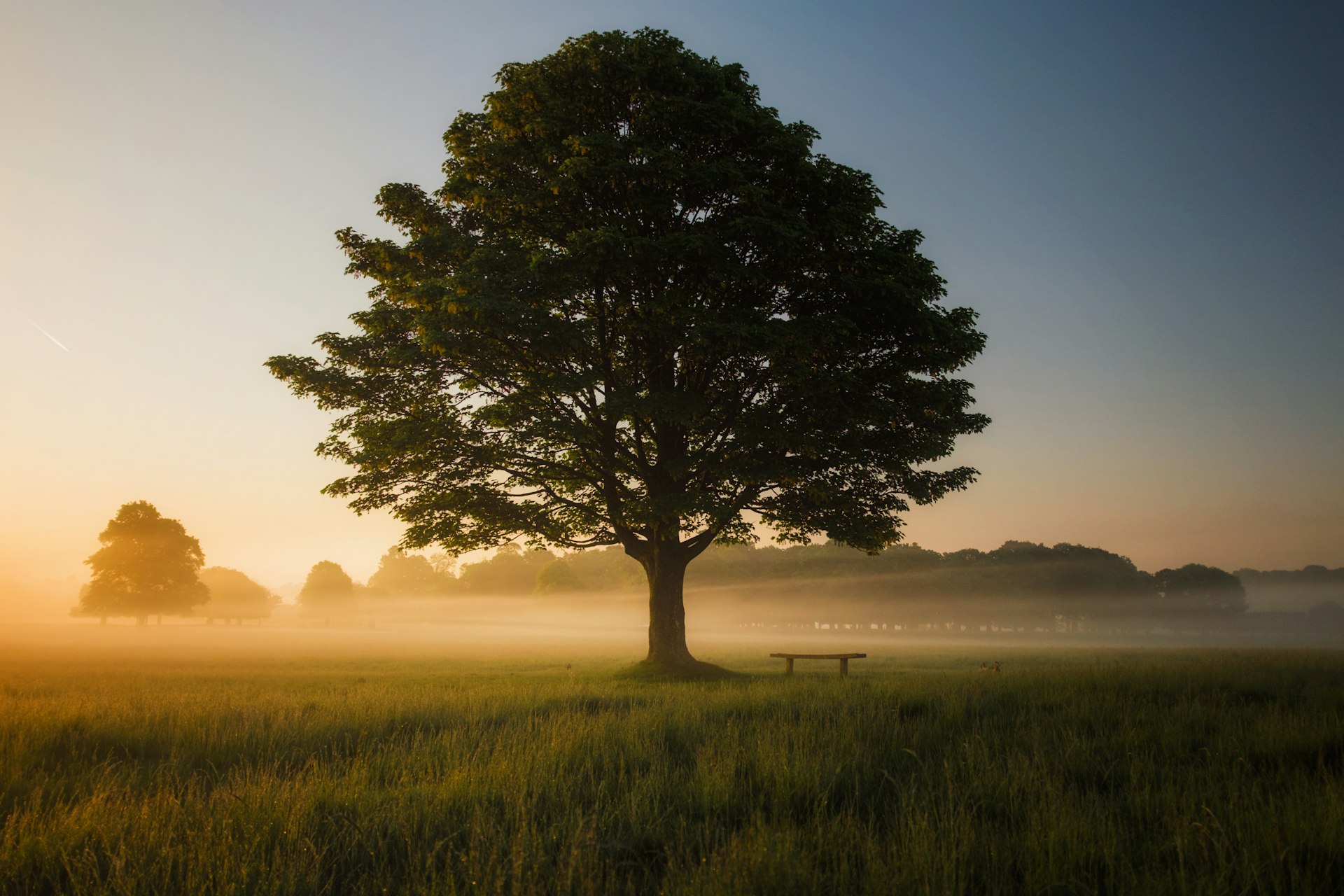What if we flipped the org chart?
Often org charts look like an upside down tree. What would happen if we flipped that?
by Tyler Jones • Mar 07 2022

When is the last time you stopped to look at a tree? I mean really looked? I think they’re one of those things we tend to take for granted. Most anywhere you go, you’ll find trees of some sort growing. The type of trees may change based on where you are, but they all tend to follow the same basic structure - roots in the ground, a sturdy trunk reaching up toward the sky supporting a vast array of branches which lead to smaller and smaller branches and eventually some type of leafy growth. They’re really quite amazing in their ability to not only survive but continue to grow year after year.
Shape of a Tree
As I think about the shape of a tree, I start thinking about a typical company organization chart. You’ve probably seen them, maybe you’ve even created a few, they’re a sort of inverted tree with employees at the bottom and branches going up and converging together as you move up layers of leadership until you arrive at the very top - usually the CEO or President of the company.
That’s all well and good - it certainly represents the structure of an organization in an easy to understand way. The problem though, is that I don’t think it represents what the leadership of a company should be focused on. This type of chart implies a hierarchy of leaders being above those they lead. The higher up you are, the more power and importance you have.
Flipping it Upside Down
What would happen if we flipped this upside down and instead created a company org chart that looked like a tree? We’d have the CEO at the base, executives and VP level would be the main branches, Directors, Managers and Team Leaders would form smaller and smaller branches, while the employees would be the leaves of the tree.
This type of structure would have entirely different implications. No longer does the CEO sit on top of everyone else, but they now form the sturdy base of the organization - responsible for holding up the rest of the company. Growing from there, each level of leadership supports the one above it until you finally arrive at the leaves, or employees. They’re responsible for the hands on work of the company. Without the rest of the tree to support them, the leaves would not be able to do their job. Likewise, without the leaves, the rest of the tree would not be able to survive. It’s a relationship requiring each section of the tree to fully support and work with the other sections in order to survive and continue growing.
I realize this may seem like a small thing - it’s just an org chart and you’re just flipping it upside down - but the power of this is really in seeing leadership and the primary responsibilities of the leaders in a company in a whole new way. If you can pull it off, I believe it can have a profound impact.
Did you know, one of the oldest known living trees in the world is a bristlecone pine in California with an estimated age of 5,067 years! (Source: Pinus longaeva (Great Basin bristlecone pine) description - The Gymnosperm Database) Trees truly are amazing and there’s a lot we can learn about their ability to not only survive but to thrive.